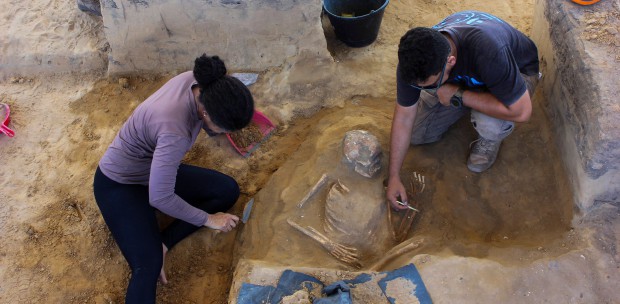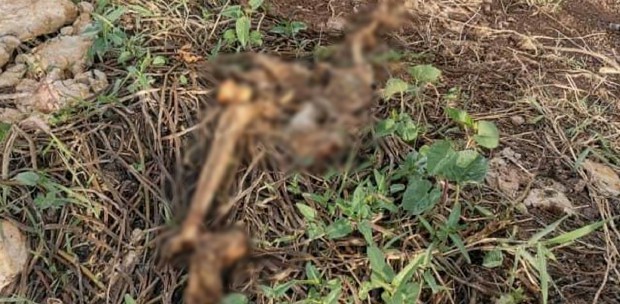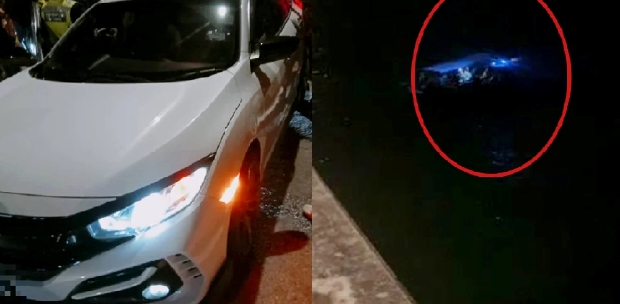GEORGE TOWN: The Penang government will push for and pursue the return of all 41 skeletons dug out from three shell middens in Guar Kepah, Kepala Batas, to be preserved here.
The skeletons were excavated by British archaeologists between 1851 and 1934 and are currently being kept at the National Natuurhistorisch Museum in Leiden, Holland.
State Tourism and Creative Economy Committee chairman Yeoh Soon Hin said the state government was in talks with the National Heritage Department and other relevant authorities about this matter.
He said, earlier on, the Chief Minister Incorporated (CMI), as the project and landowner of Guar Kepah, had conducted a coordination meeting with the National Heritage Department in July to propose the repatriation of the skeletons.
He said that following the meeting, CMI, through the Penang Archaeology Unit (UANPP), had reached out to the Naturalis Biodiversity Centre (formerly known as the National Museum of Natural History) in Leiden to determine the status of the skeletons.
"The state government has received positive feedback, and delegations are allowed to visit (the centre to see the skeletons) if necessary. The reclamation of these skeletons from the Dutch authorities will be pursued according to a recent policy announced by the Dutch government, concerning its initiative to return colonial-era cultural artefacts to the countries of origin, which, based on a new guideline, will see priority given to objects that were stolen by colonial authorities," he said.
He also said the Penang government had submitted a letter to the Foreign Ministry early this month to get assistance in setting up a meeting with the Dutch Embassy before further action plans could be developed.
"We are expecting to receive the skeletons in 2024 after the Guar Kepah Archaeology Gallery is fitted with advanced equipment and facilities to store and preserve them.
"This can be expedited in the event where a proper, secured and appropriate space can be established to temporarily safekeep these valuables until the completion of the Guar Kepah Archaeology Gallery," he told the New Straits Times (NST).
Yeoh said the repatriation process involved many parties, not only experts such as archaeologists and researchers but also museum curators and foreign governments that were in possession of the artefacts, as well as the legal framework (cultural property ownership) involved in returning them.
He said the state government would continue to pursue the return of all the skeletons.
"Their presence and return to Malaysian soil will propel our archaeological industry, apart from being a great education and research tool.
"We will continue to play a proactive role in preserving and protecting our cultural heritage. The skeletons discovered in Malaysia are the cultural properties of the country.
"Artefacts hold symbolic historical and cultural roots in their creations and must be repatriated to the home country.
"They play a crucial part in a country's cultural heritage. We shall preserve the truth of history for generations to come," he added.
This latest development came following NST's report last Friday that Universiti Sains Malaysia (USM) researchers had managed to put a face to a prehistoric human skeleton, dubbed the "Penang Woman", believed to be at least 5,000 years old, five years after its discovery.
The skeleton was found during the construction of a gallery in Kepala Batas in 2017.
A skull, a femur bone and a rib cage were found beneath the floor of a house, which had been demolished to make way for the gallery.
The remains were discovered in "shell midden B" with her arms folded and surrounded by pottery, stone tools and shells, a sign of her important position in her society.
Shell middens refer to mounds of kitchen debris, consisting mostly shells and other food remnants, and indicate an ancient human settlement and are sometimes used as burial sites.
The Penang Woman skeleton is being conserved in USM as it must be in a temperature- and humidity-controlled environment to prevent further decay.
The skeleton currently showcased at the gallery is its replica.
From the facial features obtained, researchers could tell that the Penang Woman was possibly a mixture between the Australomelanesoid and Mongoloids, and likely that the Guar Kepah population then was a mixture of the Australomelanesian and Mongoloid races.
USM researcher Shaiful Idzwan Shahidan had said that a more detailed study could be conducted if Malaysia brought back all 41 skeletons.






